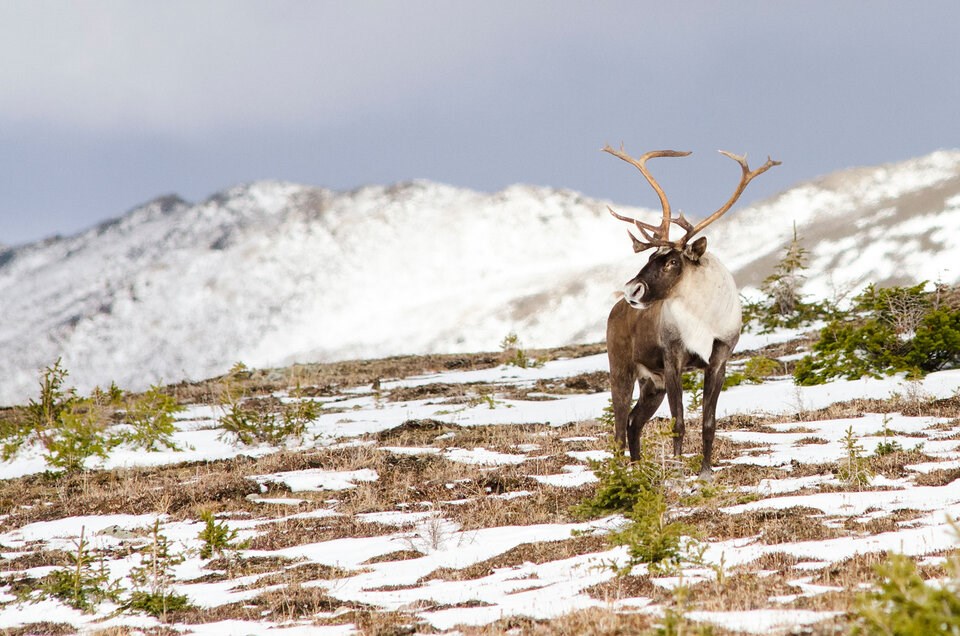At international biodiversity talks, such as those under way in the Colombian city of Cali, Canada portrays itself as a strong and undiluted advocate for the protection of nature – but the reality is far less impressive, according to a new review.
Canada suffers from a fragmented patchwork of species-related laws and regulations that are inconsistent from one jurisdiction to the next and generally inadequate to the task of protecting the country’s most threatened wildlife, says the assessment, published Thursday in Facets, a research journal.
The disparities between provinces, territories and the federal government are so basic that they include which species should be listed at threatened.
“Everybody’s kind of doing their own thing,” said Susan Gordon, a conservation scientist and postdoctoral researcher at the University of Ottawa who co-led the review, in an interview.
While there are some examples of good practices being applied in different parts of the country, Dr. Gordon said, the majority of species laws that are in effect across Canada fall short in terms of the degree of protection, implementation and consultation with Indigenous stakeholders among other criteria.
The review includes recommendations for bolstering and harmonizing existing laws governing species. Among those calls are a stronger adherence to scientific evidence and tradition Indigenous knowledge and establishing reasonable timelines for listing threatened species.
Another recommendation would reduce the power that politicians have to thwart species protections, such as by allowing exemptions, delaying action or by stacking advisory committees with participants that have conflicts of interest.
Joseph Bennett, a biologist at Carleton University and co-author of the review, said the work shines a spotlight on a long standing weakness in the country’s approach to species at risk: that while Canada has a national Species at Risk Act, the law applies only to aquatic species, migratory birds and species that are on federally managed land, which accounts for only 4 per cent of the country.
For the most part, it is the provinces and territories that dictate where and how threatened species are protected, or not. This has led to a disjointed set of laws and regulations, many of which only deal with species in the context of land and resource use. On private land, owners also enjoy substantial discretion when it comes to species.
The lack of coordination has persisted for years in spite of an accord signed by most of the provinces in 1996 to “commit to a national approach for the protection of species at risk.”
The federal species law includes, as a stop gap measure, the ability to issue an emergency order that can be enforced when there is an imminent threat to the survival of a species. But this provision had been used rarely since the law was enacted in 2002 and only in relation to two species (the greater sage grouse and the western chorus frog). In general, Ottawa has been reluctant to impose its will on provinces and territories to protect species.
Dr. Bennett said that, despite the limitations on where the federal law applies, Ottawa is best positioned to lead efforts to improve the current situation. This is in part because Canada is a signatory to the Kunming-Montreal global biodiversity framework, an international agreement that federal Environment Minister Steven Guilbeault helped broker in 2022.
At the meeting of the parties to the agreement in Colombia, which began Monday, Canada is among the countries looking to see the agreement implemented. Among the targets outlined in it is the need for countries to integrate biodiversity goals within and across all levels of government.
“Based on what they’ve signed, they should be doing this,” Dr. Bennett said in an interview.
One obvious goal would be to mirror which species are listed as threatened under federal and provincial law.
For example, Prince Edward Island has never listed a single species under its provincial regulations, despite the fact that the province is home to 28 federally listed species at risk. Similarly, British Columbia, which has the highest biodiversity of any Canadian jurisdiction, has not listed any of its rare and endemic plant species.
Other federally listed species that are present across multiple jurisdictions, including the bank swallow and the recently listed monarch butterfly, are listed by some provinces and territories but not by others.
Dan Kraus, an independent conservation biologist based in Ontario, said the most effective tool at the federal government’s disposal was financial, in the form of funding to encourage nature agreements with the provinces and promote best practices in the application of species rules.
In an interview, he called the new review “a useful and necessary” update to a 2012 report from environmental advocacy organization Ecojustice. But he added that conservation efforts that embrace protections for entire ecosystems rather than focusing on single species offered a better chance at improving Canada’s conservation record.
Tara Martin, who heads the University of British Columbia’s Conservation Decisions Lab, said it is human actions that ultimately determine whether nature can be preserved or not, regardless of how species are listed.
“Having bad legislation harmonized across all provinces isn’t going to move the dial on species recovery,” Dr. Martin said in an interview. “We need intelligent legislation, and that needs to be action focused.”



